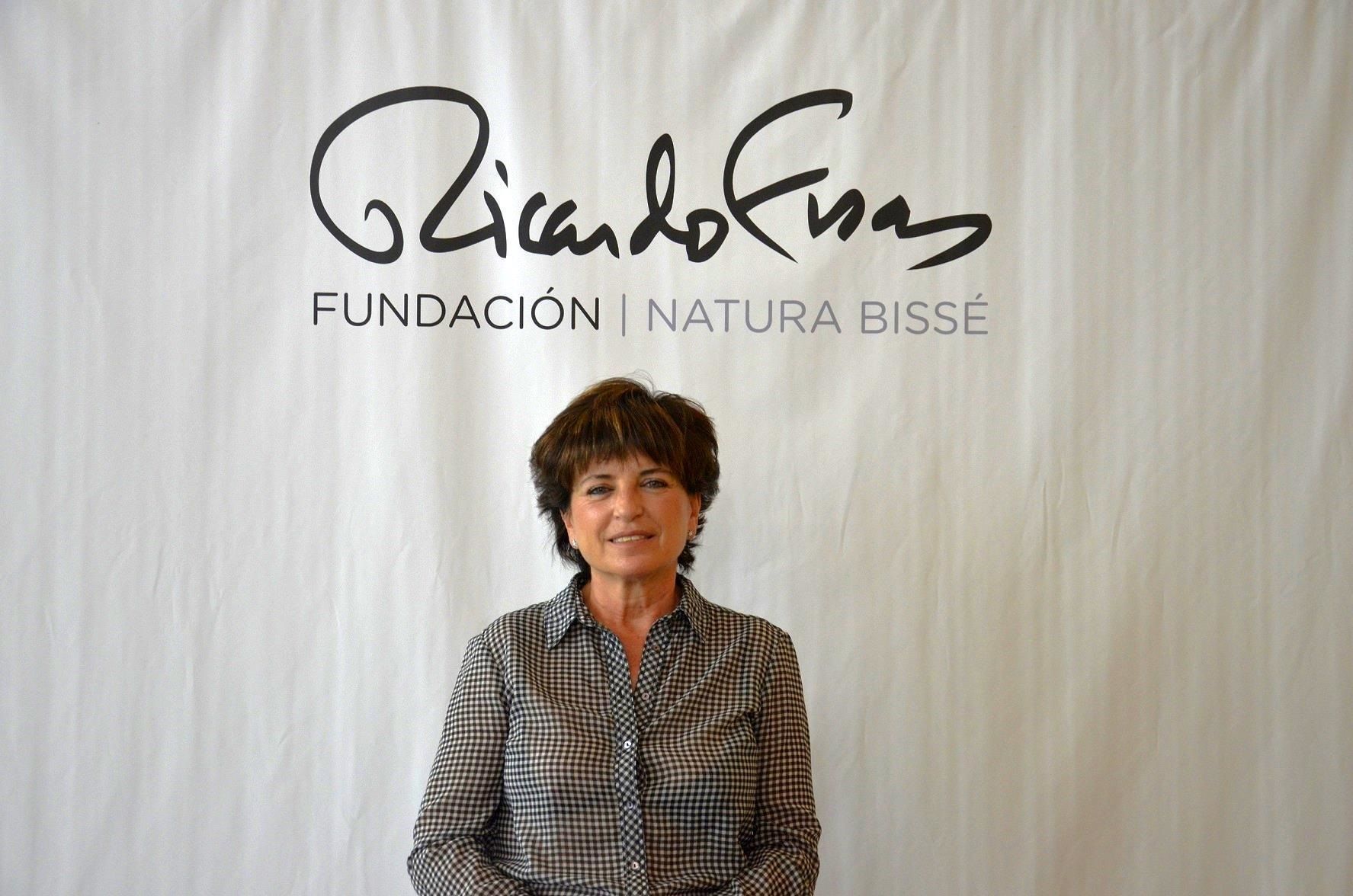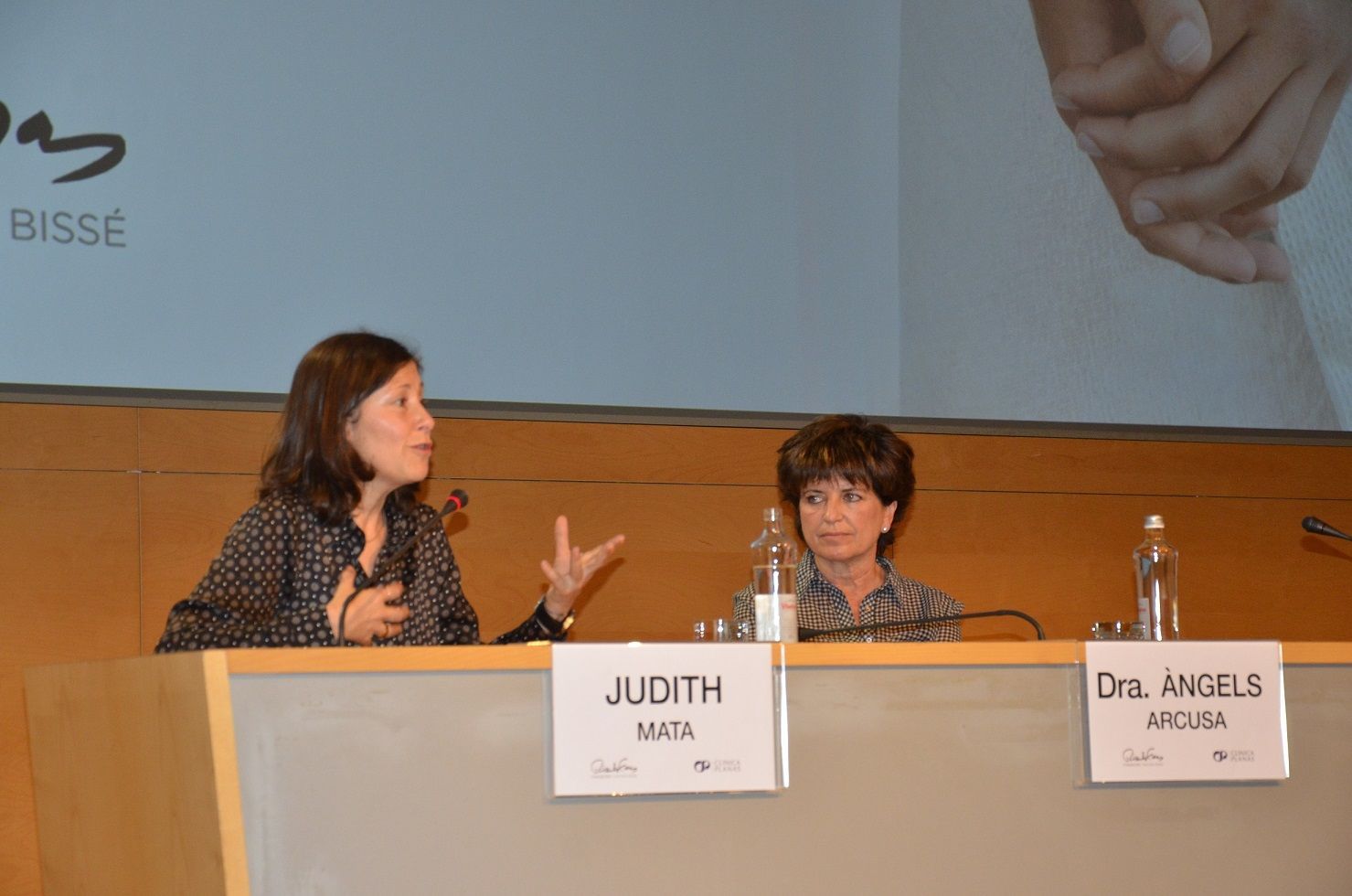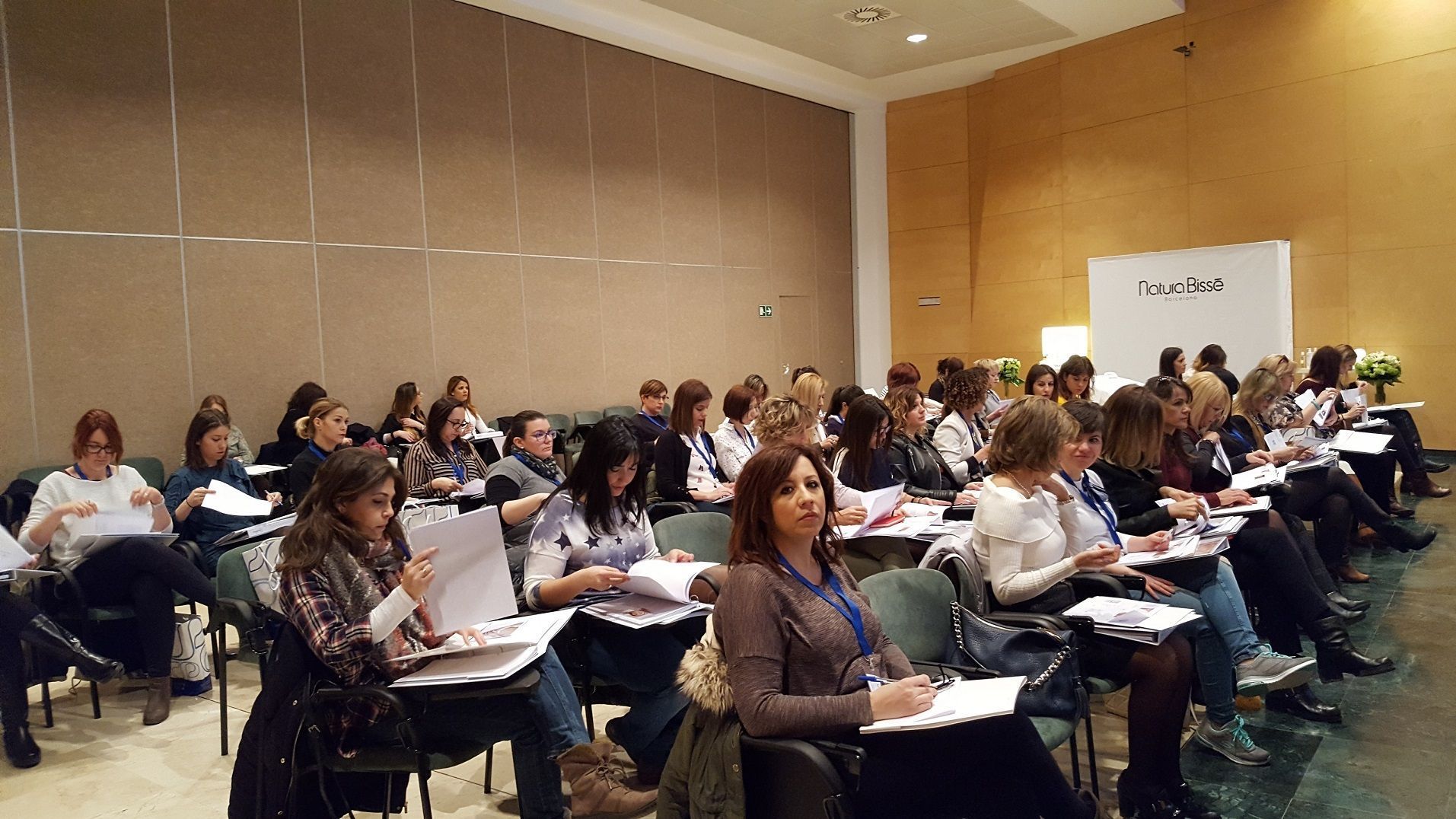
Dr. Angeles Arcusa, Chief of Oncology at Terrassa Hospital, has been one of the first professionals in the health sector to support our program. On Monday, March 6th, she participated in the ninth edition of the first level of our oncology aesthetics program, with a lecture on “Understanding disease I: medical oncology” and we had the opportunity to ask about the latest developments in its area of action:
1. There is a lot of talk about Oncotype and mamaprint. In your opinion, when should you apply?
Oncoype and Mamaprint are trademarks of genetic signatures on breast cancer; both provide information based on the expression of different genes to determine the risk of relapse of a patient. They should be requested when there are reasonable doubts about the benefit of a complementary chemotherapy treatment after tumor surgery.
2. Can new treatments like immunotherapy, which seem so effective in some cancers like melanoma and lung, be expected to be applicable to breast cancer in the future?
It is highly probable and the value of drugs of this type is already being investigated in clinical studies, with encouraging results.

3. We know well the side effects of chemotherapy and radiotherapy, but not so much those of immunotherapy, what are the most remarkable?
In general, they are well tolerated. The most important adverse effects, although not frequent, are pneumonitis, effects on the skin, inflammation of glands such as the thyroid or pituitary gland. A degree of tiredness is also common.
4. Immediate or delayed reconstruction, when would you recommend it in each case?
It is impossible to recommend absolutely one or the other, since it depends on the characteristics of the patient and the need for treatment with radiotherapy on the chest wall and the axilla, internal mammary chain or supraclavicular fossa. It is necessary to study in each patient a series of factors that lead to the indication in the most adequate time.

5. Why did you decide to support our oncology aesthetics program (being pioneering)?
By solidarity with the patients, fundamentally: to cover a latent, unmanifested need, which could without doubt improve their quality of life in something that for some seemed banal, such as body image: “Make yourself look better!”



Comments are closed.